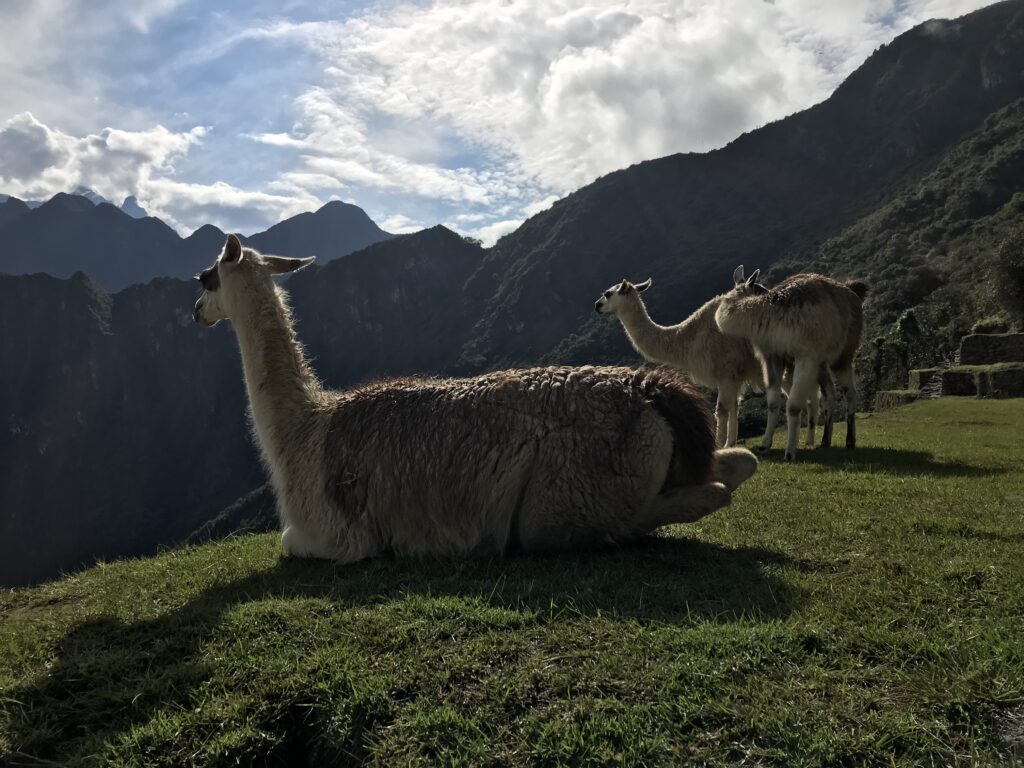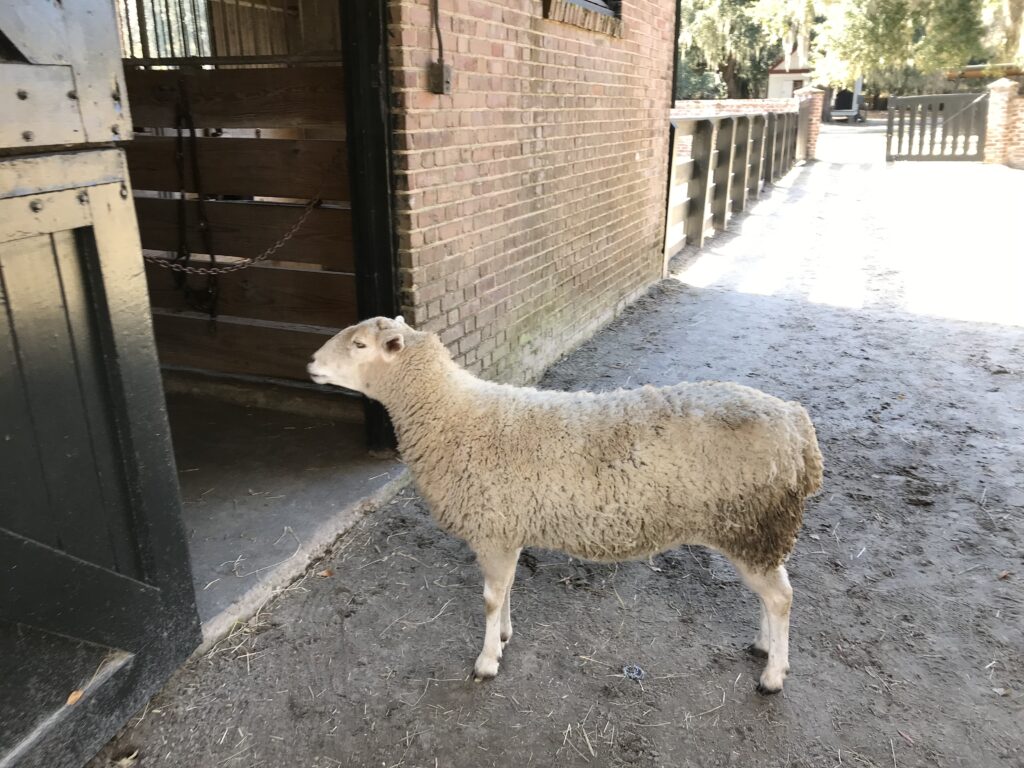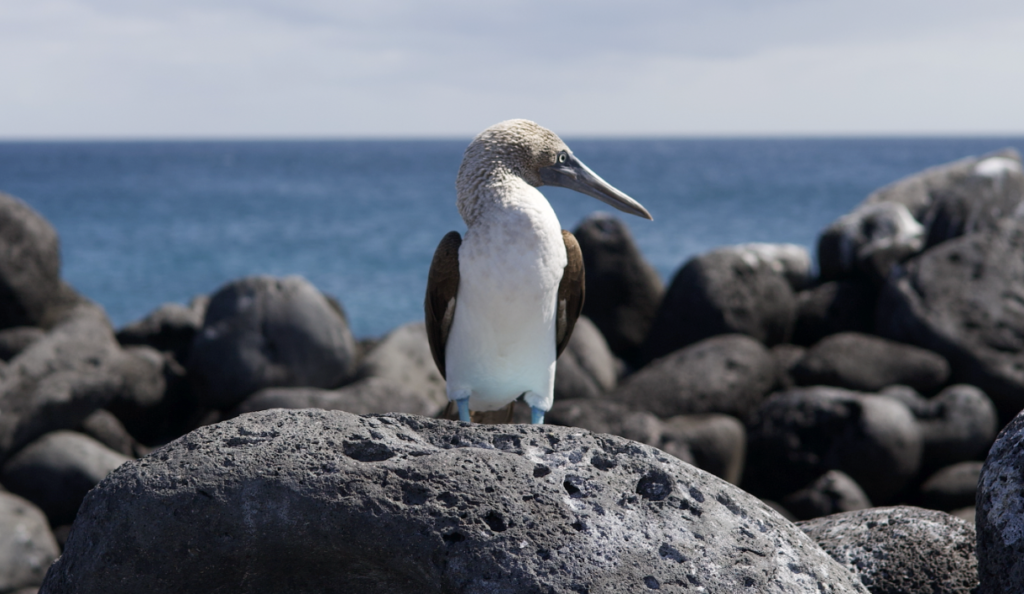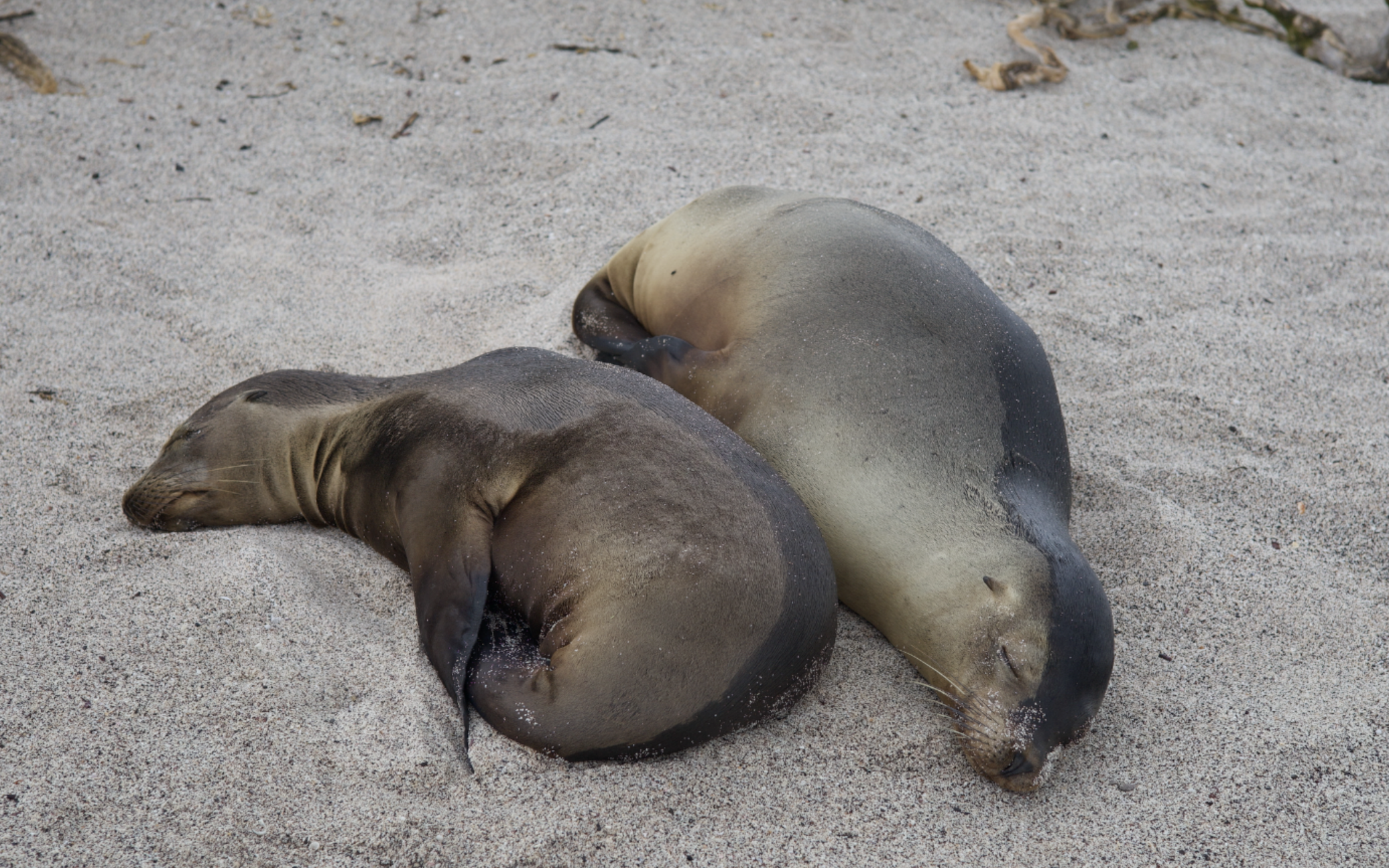The Remarkable Benefits of Interacting with Animals During Your Travels
Embarking on a journey to explore new places is an adventure that enriches the soul. When this adventure includes interacting with animals, the benefits multiply. The bond between humans and animals can be therapeutic and fulfilling. From improving mood to fostering empathy, let’s delve into the myriad benefits of incorporating animal interactions into your travel plans.
Biological and Psychological Responses to Animal Interaction
1) Stress Reduction
Traveling, though an enriching experience, can sometimes be accompanied by stress due to navigating unfamiliar environments or dealing with language barriers. Engaging with animals helps to alleviate this stress. The presence and touch of animals cause the body to release oxytocin, often referred to as the “love hormone.” This hormone is known for reducing stress levels, promoting feelings of relaxation, trust, and psychological stability.
2) Improved Mood
New experiences and beautiful sceneries while traveling certainly uplift the spirit. Interacting with animals can further enhance this positive mood. Animals, with their non-judgmental and affectionate nature, can trigger the release of serotonin and dopamine—neurotransmitters associated with happiness and well-being. Whether you are petting a cat at a café in Tokyo or riding a camel in the Sahara, these interactions add a layer of joy to your travels.
3) Cardiovascular Health
Interacting with animals can also positively affect cardiovascular health. Studies have shown that spending time with animals lowers blood pressure and heart rate, beneficial for those with heart conditions.
4) Increased Mindfulness
Being around animals requires presence and attentiveness, which promotes mindfulness. Whether observing wildlife or playing with a dog, these moments make you more present and connected to your surroundings.
5) Improved Social Skills and Empathy
Engaging in animal-related activities during travels can improve social skills and empathy. Participating in group activities such as wildlife tours or conservation projects opens avenues for socialization with like-minded individuals. It nurtures empathy as travelers learn about the challenges faced by animals, fostering compassion.
Types of Animals and Interactions
Domesticated Animals
- Dogs and Cats: Engaging with pets such as dogs and cats can be soothing. Pet cafés are increasingly popular in cities around the world. In Tokyo, Japan, you’ll find numerous cat cafés, while in Europe and North America, dog cafés are more common.
- Horses: Horseback riding is an exciting adventure and therapeutic experience. Known as equine therapy, it promotes physical and mental health. You can find horseback riding opportunities in many countries, such as the United States, Spain, and Chile.
Farm Animals
- Cows, Goats, and Sheep: Engaging with farm animals is unique. In regions like Tuscany in Italy or the countryside in France, farm stays are popular. You can try milking cows, shearing sheep, or simply enjoy their calming presence.
- Alpacas and Llamas: In South America, particularly in Peru, interacting with alpacas and llamas is a must. These animals are deeply embedded in the culture, and you can learn about traditional herding practices.


Wildlife
- Elephants: In Thailand, sanctuaries like the Elephant Nature Park in Chiang Mai offer opportunities to feed and bathe elephants.
- Monkeys: Monkey forests in Bali, Indonesia, are famous spots where you can observe monkeys up close.
- Marine Life: Snorkeling and scuba diving are fantastic ways to interact with marine life. The Great Barrier Reef in Australia is teeming with aquatic creatures including fish, turtles, and dolphins.
Birds
- Tropical Birds: Engaging with birds can be mesmerizing. In Costa Rica, for instance, you can go bird watching and observe vibrant colors of toucans, macaws, and hummingbirds.
- Birds of Prey: Experience falconry in some destinations. This ancient sport involves training birds of prey and is an exciting activity to include in your travels.


Incorporating Animal Interaction into Your Travel Plans
Visit Animal Sanctuaries and Rescue Centers
- Example: Elephant Nature Park in Chiang Mai, Thailand, rescues and rehabilitates elephants.
Participate in Animal Conservation Programs
- Example: Join sea turtle conservation programs in Costa Rica.
Go on a Safari
- Example: Witness the annual migration of wildebeest and zebras in the Serengeti National Park, Tanzania.
Farm Stays
- Example: Stay on a farm in the Tuscan countryside in Italy and engage with animals like horses, cows, and chickens.
Diving and Snorkeling
- Example: Dive in the Great Barrier Reef in Australia to witness a rich variety of marine life.
Always interact with animals respectfully and responsibly.
Over 300,000 tours and activities worldwide: Book on Tripadvisor with trusted reviews
Conclusion
Combining travel with animal interactions offers an array of health and emotional benefits that can enhance your overall travel experience. Engaging with different types of animals, from domesticated pets to wildlife, offers unique and unforgettable experiences that will be cherished for a lifetime.

References
- Beetz, A., Uvnäs-Moberg, K., Julius, H., & Kotrschal, K. (2012). Psychosocial and psychophysiological effects of human-animal interactions: the possible role of oxytocin. Frontiers in psychology, 3, 234.
- Levine, G. N., Allen, K., Braun, L. T., Christian, H. E., Friedmann, E., Taubert, K. A., … & Lange, R. A. (2013). Pet ownership and cardiovascular risk: a scientific statement from the American Heart Association. Circulation, 127(23), 2353-2363.




0 Comments